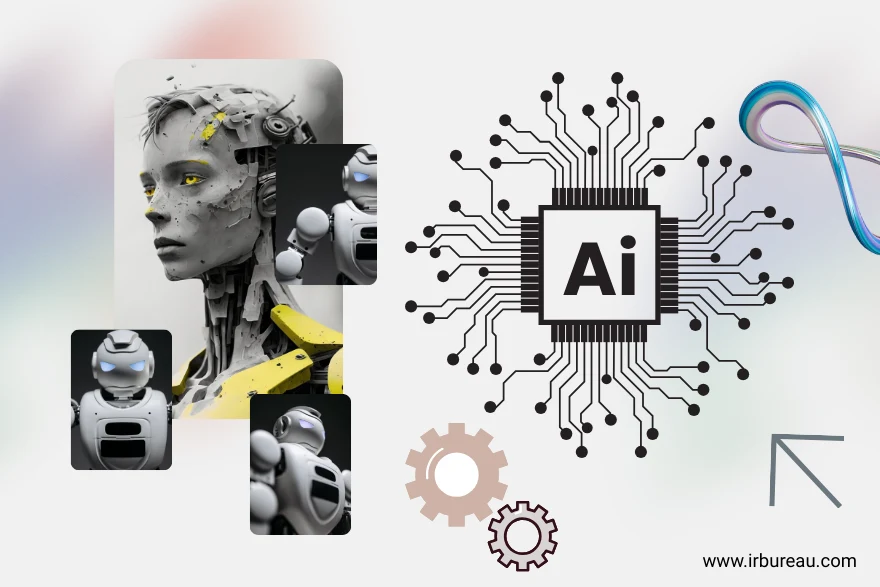5 AI Tools That Are Quietly Transforming Market Research

Let’s be honest: market research has always been about clarity. Clarity about what your consumers want, how your competitors move, and where the market is heading. But with data growing faster than we can blink and consumer behavior shifting overnight, traditional research methods are struggling to keep up.
And so, to help with heavy research, there are now AI tools quietly reshaping the market research industry. These AI tools don’t just help researchers do faster surveys — they fundamentally reimagine what’s possible. Let’s explore five AI tools that are subtly yet powerfully changing the game.
1. Remesh
Focus groups used to be small, expensive, and time-consuming. But Remesh flips the script. It lets you talk to hundreds of participants in a live, AI-moderated session… Think of it as a town hall on protein.
Instead of wading through notes for hours, Remesh’s NLP engine clusters sentiments and themes in real time. Within minutes, you know what your audience feels, thinks, and needs. This makes it ideal for concept testing, brand positioning, or any qualitative insight that traditionally takes weeks.
Why it matters: Traditional focus groups cap your perspective. Remesh democratizes it; offering a broader, more diverse sample and the power to make sense of messy open-ended answers in real time. It is ideal for fast-moving brands and time-strapped insights teams.
2. MonkeyLearn
Surveys and open-ended responses are great, but only if you can understand them. MonkeyLearn brings AI-driven text analysis to the forefront. Whether it’s customer feedback, support tickets, or product reviews, MonkeyLearn dissects and categorizes them with machine learning.
You don’t need to be a data scientist to use it. Drag-and-drop classifiers, sentiment detection, and keyword analysis make it incredibly intuitive. It’s your mini-research assistant that never sleeps.
Why it matters: For researchers who work with a high volume of qualitative data, MonkeyLearn brings order to chaos. And for firms like ours, it allows fast-turnaround insights without burning out analysts or sacrificing accuracy.
3. SparkToro
SparkToro answers one of the most frustrating questions in market research: Where does my audience spend time online? No guesswork here. You enter a keyword or topic, and SparkToro shows you which podcasts they listen to, who they follow, what websites they visit, and even what hashtags they use.
It’s not just for marketers. Researchers can use this to identify micro-communities, discover new influencers, or validate segmentation assumptions.
Why it matters: SparkToro is a shortcut to true audience intelligence. Perfect for refining media buying strategies, creating hyper-relevant content, or even finding unexpected influencers. For research agencies, it simplifies persona creation and campaign validation at lightning speed.
4. ChatGPT
ChatGPT, particularly with tools such as web browsing, extended thinking, and file uploads, has become an indispensable part of many research workflows. From summarizing thick reports to crafting survey questions, it simplifies repetitive tasks and sparks smarter thinking.
Ask it to analyze sentiment, outline a research hypothesis, or even simulate buyer personas…it adapts fast. More importantly, it integrates seamlessly into workflows, making it the go-to brainstorming partner for busy insight teams.
Why it matters: ChatGPT acts as an always-on strategist, researcher, and writer. For busy teams juggling tight deadlines, it’s a weapon for turning research chaos into clarity, fast.
5. Quantilope
Quantilope is the Swiss Army knife of market research. It automates everything, from survey design and data collection to analysis and reporting. However, it’s not just about speed; it also incorporates advanced methodologies, such as MaxDiff, conjoint analysis, and segmentation.
The result? Enterprise-grade insights delivered at startup speed. It’s ideal for teams that need to run multiple iterative studies without sacrificing depth or accuracy.
Why it matters: Quantilope doesn’t just replace the research process; it upgrades it. It’s perfect for agile teams that need smart insights at scale. It also bridges the gap between speed and sophistication, making high-quality research accessible to non-researchers.
Why these tools are not just ‘nice to have’ anymore
Let’s face it, market research has traditionally battled three main foes: speed, scale, and signal quality. AI tackles all three:
- Speed: Real-time analysis means you move at the pace of culture, not quarterly reports.
- Scale: From text data to behavioral signals, AI can handle what human researchers can’t, without burning out your team.
- Signal quality: AI doesn’t just collect data; it interprets it, uncovering what consumers feel, not just what they say.
And most importantly, these tools free us from mundane tasks, allowing us to focus on the strategic ‘so what’ that drives client value.
Final thoughts
The best AI tools don’t always announce themselves with a bang. Sometimes they quietly slip into your workflow, solve the exact problem you didn’t have time to articulate, and make you wonder how you ever worked without them.
At the Internet Research Bureau, we believe AI isn’t replacing market research. It’s redefining it from being reactive to being predictive, from being descriptive to being prescriptive. These five tools are your secret arsenal in that transformation (with several more in development).
If you’re serious about staying relevant, competitive, and efficient in your research game, don’t ignore the quiet ones. They’re often doing the loudest work in the background.